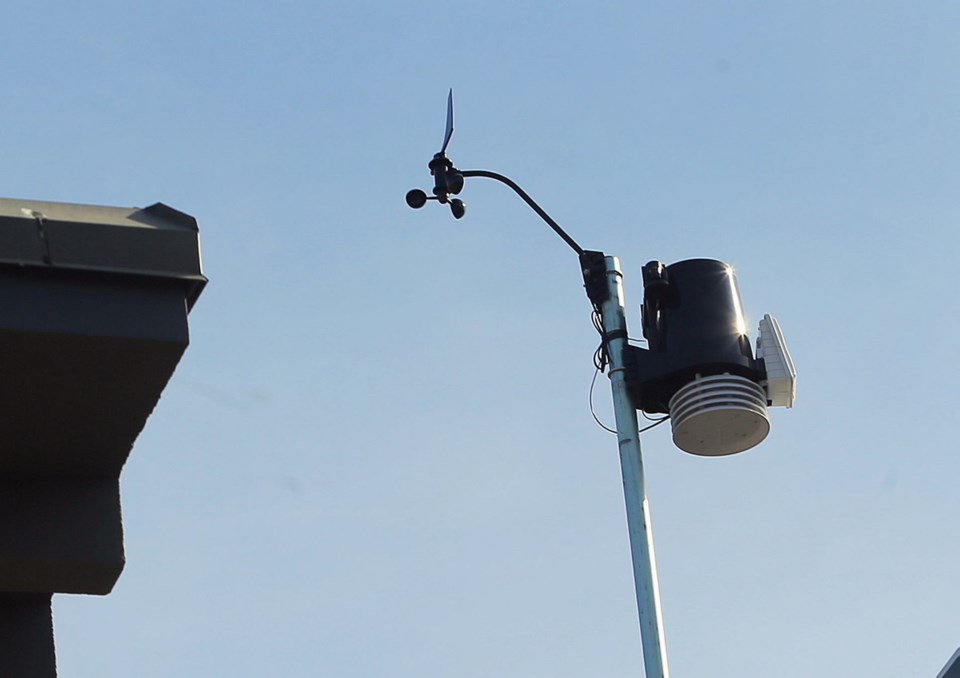VANCOUVER — What will happen when “the blob” meets “Godzilla” off the coast of the Pacific Northwest this year?
The question might sound like science fiction, but B.C. scientists are watching closely.
Experts forecast this year could bring one of the most intense El Niño events in recorded history, of such strength that some scientists recently dubbed it the “Godzilla El Niño.”
The El Niño is expected to bring another warm, dry winter to southern B.C., and experts are watching to see how it combines with a warm-water phenomenon called “the blob” already being observed off the coast of the Pacific Northwest.
“This is where it starts to sound really science fiction, but how these two worlds are coming together … we haven’t seen anything like this before,” said Peter Chandler, an oceanographer with the Department of Fisheries and Oceans on Vancouver Island.
It’s estimated there’s a 90 per cent chance of the El Niño lasting through the winter, said Environment Canada meteorologist Matt MacDonald, which could bring warm, dry conditions on the B.C. coast this winter.
Since last year, scientists also have been watching “the blob,” a swath of warmer-than-normal water in the Pacific, roughly the area of B.C. and 100 metres deep.
Chandler said scientists are monitoring the impacts of the warm water on B.C. fish. “Any change of this magnitude in the ocean conditions is going to be reflected in the ecosystem,” he said. “And some species are going to do better, and some species are going to do worse.”
Simon Donner, a climate scientist in the University of B.C.’s geography department, said: “We might be excited to see dry, mild weather in January when we’re not used to it.
“But we have to remember that our infrastructure and our ecology around here is also not used to it. … It’s affecting the forests, it’s affecting the reservoirs. It’s affecting industries, whether that’s fisheries, forestry, ski operations, tourism, and certainly agriculture.”
Businesses reliant on the weather are keeping close tabs on the El Niño situation.
At Coast Gravity Park in Sechelt, spokesman Darren Hemstreet said they are in a temperate zone already and get very little snow during the winter. As a mountain-bike park operator, Hemstreet welcomes the warmer forecast.
“We have only had snow for five days in the past six years,” he said. “If it turns out to be warmer this winter, it would be awesome for people in the bike business.”
B.C.’s wine industry is also adapting to the warming trend. Joe Luckhurst, general manager of Road 13 Vineyards near Oliver, said: “We are getting out of certain varieties of grapes that will not thrive in this climate and putting in grapes that will thrive with more heat.”
Lori Daniels, an associate professor in UBC’s forestry faculty, said an El Niño winter will likely mean that the province is in for another bad forest fire season in 2016. “Brace for round two of the fires next summer,” Daniels said. “For us in B.C., less snow does not bode well.”



